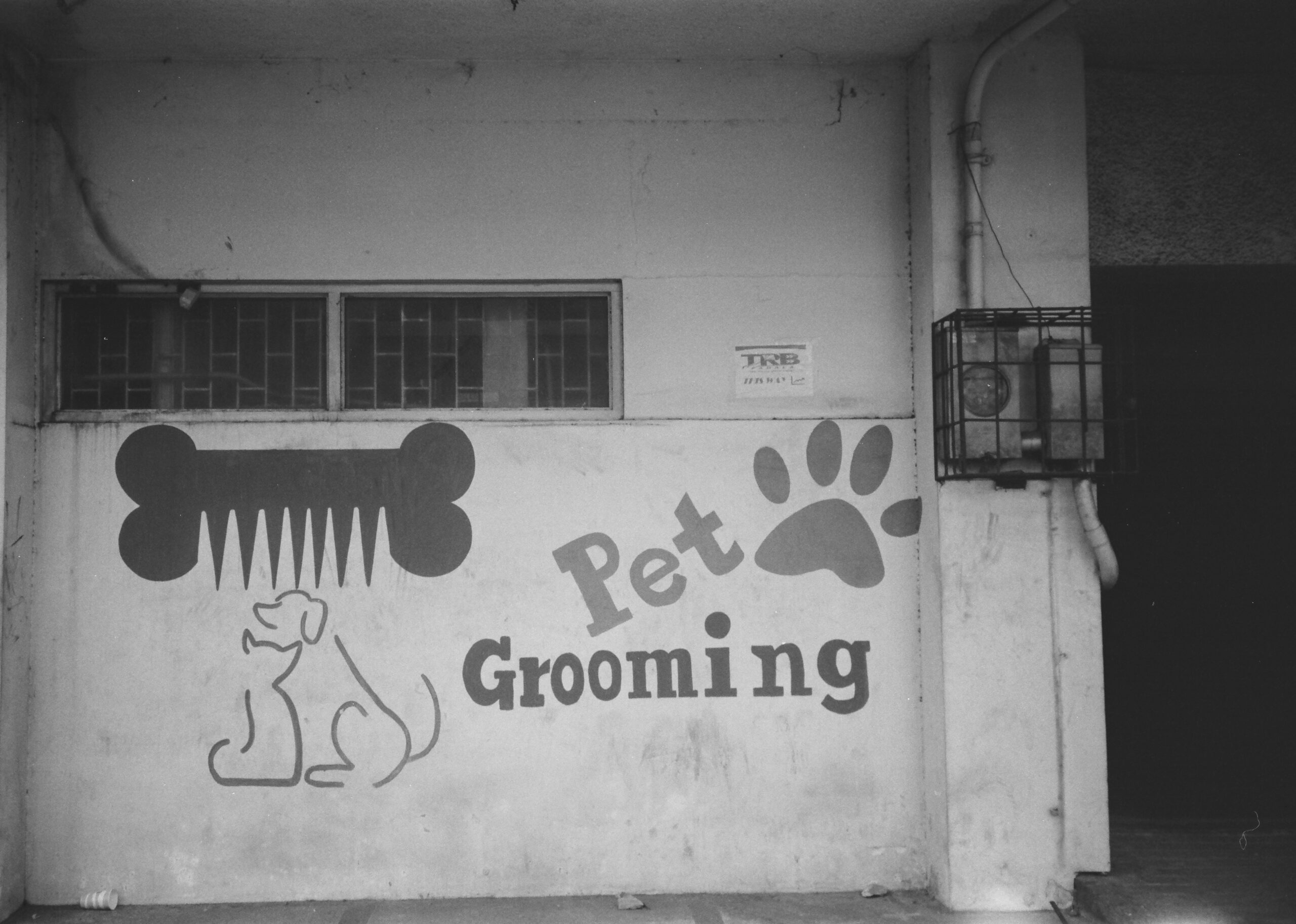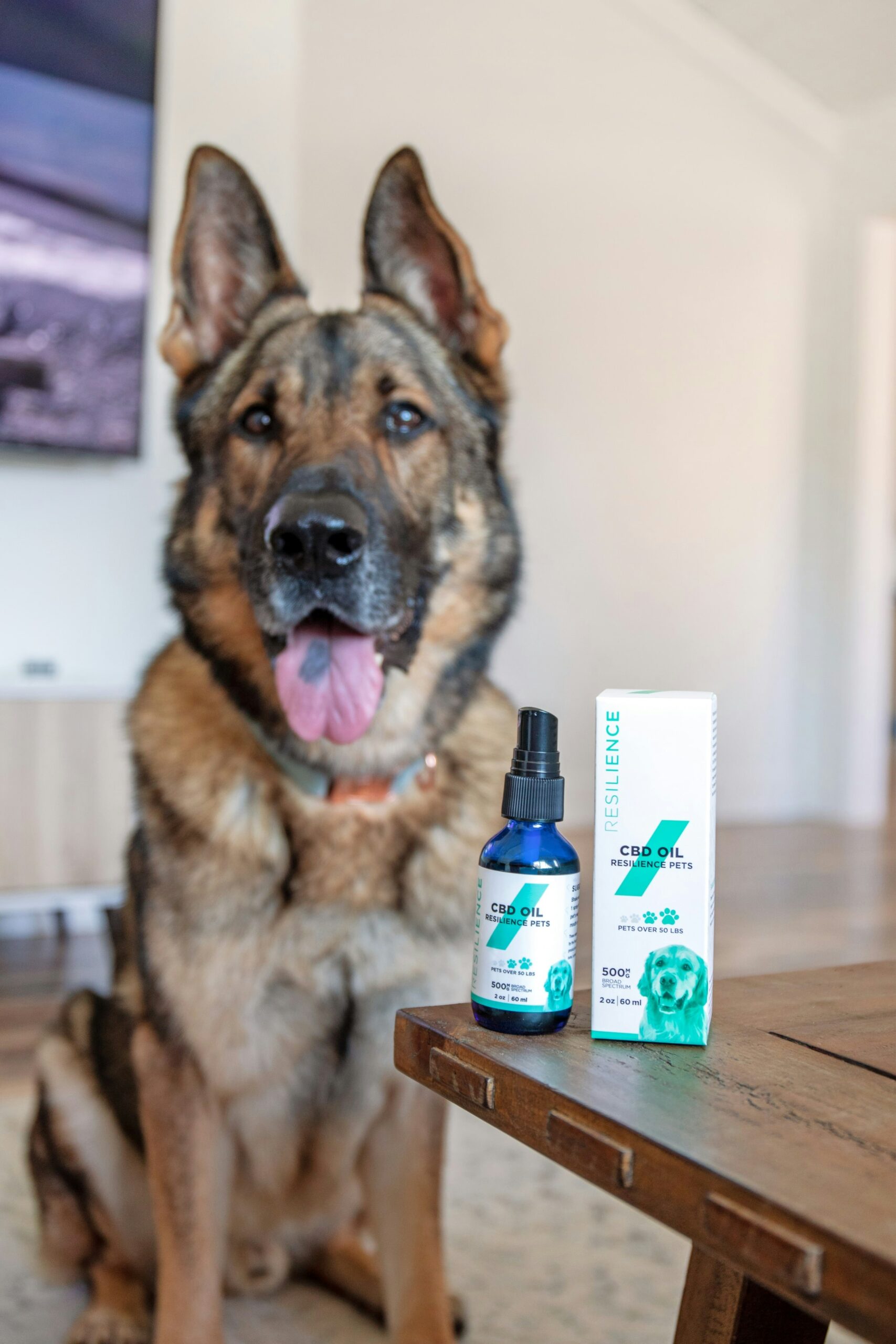Training Your Pet to Use a Litter Box: A Complete Guide
Introduction to Litter Box Training
Litter box training is an essential part of responsible pet ownership, offering numerous benefits to both pet owners and their pets. Teaching your pet to use a litter box can significantly enhance the cleanliness and hygiene of your home environment. It reduces messes, minimizes odors, and promotes good habits, creating a more pleasant living space for everyone involved.
While cats are the most commonly recognized pets that use litter boxes, they are not the only ones. Small animals, such as rabbits and ferrets, can also be trained to use a litter box. This can simplify their care and add convenience for pet owners. Proper training requires patience, consistency, and understanding of your pet’s behavior, but the rewards are well worth the effort.
Fostering a positive approach to litter box training will not only make the process smoother but also reinforce a bond of trust between you and your pet. Ensuring that the transition is as stress-free as possible is key to successful training. Pets respond well to environments that are enriched and supportive, and this guide is designed to provide a structured method to help you achieve that.
Throughout this complete guide, each section will address crucial aspects of litter box training. From selecting the right litter box and litter type to developing a routine and troubleshooting common issues, this resource aims to equip you with practical strategies and insights. By following these steps, you will be well on your way to maintaining a cleaner, more hygienic home while ensuring your pet is comfortable and well-trained.
Choosing the Right Litter Box and Litter
Selecting the appropriate litter box is fundamental to successfully training your pet. Various factors must be considered, such as size, type, material, and design, to ensure maximum comfort and usability. The litter box should be spacious enough to allow your pet to move around comfortably. For example, a box that is too small might discourage use, leading to issues with litter training.
The type of litter box is another essential consideration. There are several varieties available, including open boxes, covered boxes, and self-cleaning boxes. Open boxes offer easy access, while covered boxes provide privacy, which some pets prefer. Self-cleaning boxes, while more expensive, reduce the frequency of litter replacement and are suitable for those with busy schedules. Materials used range from plastic, which is lightweight and easy to clean, to stainless steel, which is more durable but pricier.
The choice of litter is equally crucial. Popular options include clay, clumping, biodegradable, and crystal litters. Clay litter is highly absorbent and affordable but can be heavy to handle. Clumping litter forms solid clumps when wet, making cleaning easier; however, it tends to be more dusty. Biodegradable litter, often made from recycled paper, wood, or corn, is environmentally friendly and great for pets with allergies, though it might be less effective at odor control. Crystal litter absorbs moisture and odors effectively but may be harder on a pet’s paws.
The placement of the litter box can greatly influence its usage. Ideally, place the box in a quiet, low-traffic area, but avoid spaces that are too remote or difficult for your pet to access. Ensure the chosen spot is away from your pet’s feeding area to prevent any reluctance or hygienic concerns. A consistent location helps your pet become accustomed to using the litter box regularly.
Introducing Your Pet to the Litter Box
Introducing your pet to a litter box can be a seamless process when approached with the right techniques. It is crucial to start by familiarizing your pet with the new litter box without rushing. Place the litter box in a quiet, accessible area where your pet spends a lot of time. Avoid frequently changing the location as consistency is key in helping your pet recognize the designated space for elimination.
Encourage your pet to explore the litter box through positive reinforcement. Whenever your pet shows interest in the litter box or uses it correctly, reward them with treats, verbal praise, or affection. This reinforcement will create a positive association with the litter box, making your pet more likely to use it voluntarily. Initially, you may even guide your pet to the litter box at regular intervals, especially after meals and naps, to create a routine.
Patience is paramount during this training period. Some pets, especially those new to litter boxes, might exhibit initial resistance. It’s important not to scold or punish your pet for accidents outside the litter box, as negative reinforcement can create anxiety and further reluctance to use it. Instead, clean any accidents promptly and without fuss to maintain a neutral atmosphere around toileting.
Gently encouraging your pet to investigate the litter box can also be effective. For instance, placing a small amount of your pet’s waste inside can help them recognize the purpose of the box. Additionally, for pets that resist entering the box, consider using a variety of litter textures or adding a slight amount of familiar material initially. Gradually transitioning to the desired litter type can ease them into complete acceptance.
Ultimately, every pet adapts at their own pace. Consistent, positive reinforcement, and ample patience can significantly aid in making the litter box an integral part of your pet’s routine. By affording them the time and support they need, you can ensure a smooth transition to using the litter box effectively.
Establishing a Routine
Consistency is crucial when training your pet to use a litter box. Establishing a routine not only helps your pet understand what is expected but also reduces stress and confusion. Begin by creating a detailed daily schedule that can be easily followed. A typical day might include specific feeding times, regular play periods, and designated litter box visits. For example, you can start your morning by feeding your pet at the same time every day, followed by a playful interaction. Shortly after playtime, guide your pet to the litter box to encourage usage.
Utilizing consistent times for feeding helps regulate your pet’s digestive system, making it more predictable when they will need to use the litter box. Incorporating regular play periods into your routine is equally important as it encourages natural bodily functions. After each play session, take your pet to the litter box. This reinforces the connection between activity and bathroom breaks.
It is essential to reinforce positive behavior every time your pet successfully uses the litter box. Praise and treats can be effective ways to encourage this behavior. Immediately reward your pet after they use the litter box correctly to create a positive association.
On the other hand, avoid punishing your pet for accidents outside the litter box. Punishment can cause fear and anxiety, making training more challenging. Instead, focus on calmly cleaning the accident without drawing attention and redirecting your pet to the litter box. If accidents persist, evaluate the litter box’s location, cleanliness, and type of litter used, as these factors can impact your pet’s willingness to use it.
By establishing a consistent routine, being patient, and using positive reinforcement, you can effectively train your pet to use a litter box. Over time, this routine becomes a habit for your pet, leading to a harmonious and clean home environment.
Troubleshooting Common Litter Box Issues
Training your pet to use a litter box can sometimes present a variety of challenges. Common issues include litter box aversion, accidents outside the litter box, and marking behavior. Addressing these problems effectively requires understanding their potential causes and implementing specific strategies to resolve them.
One prevalent issue is litter box aversion. Pets may avoid the litter box due to several factors such as the type of litter, cleanliness, or placement. To tackle this, start by considering the litter type. Experiment with different textures and materials to find what your pet prefers. Additionally, cleanliness is paramount; ensure the litter box is regularly cleaned and free of odors, as pets have sensitive noses.
The placement of the litter box is another critical factor. Strategic location adjustments can make a significant difference. Place the box in a quiet, low-traffic area where your pet feels safe and secure. It’s essential to ensure ease of access, particularly for older pets or those with mobility issues. Avoid placing the litter box near their food or water, as pets generally prefer to have these areas separate.
Accidents outside the litter box can often be attributed to behavioral or environmental factors. Behavioral training techniques can be beneficial in addressing this. Reinforce positive behavior by rewarding your pet with treats or praise when they use the litter box successfully. Additionally, ensure there are enough litter boxes in multi-pet households; a general rule of thumb is one box per pet, plus one extra to avoid territorial disputes.
Marking behavior, common in certain pets, can be particularly frustrating. Neutering or spaying your pet can often reduce this behavior. If the marking is stress-related, identify and alleviate potential stressors in their environment. Using enzymatic cleaners for soiled areas can prevent repeated marking by completely eliminating the scent.
By understanding these common litter box issues and applying targeted strategies, pet owners can significantly improve the likelihood of successful litter box training. Each pet is unique, so it may take some trial and error to find the best solutions that work for your specific situation.
Maintaining a Clean Litter Box
Maintaining a clean litter box is crucial for ensuring your pet continues to use it consistently and for maintaining a hygienic environment in your home. Adhering to best practices for litter box upkeep helps control odors, supports your pet’s health, and prevents potential issues from arising.
First and foremost, regular scooping is essential. It is recommended that you scoop the litter box at least once daily to remove any waste. This practice not only reduces the buildup of unpleasant odors but also decreases the likelihood of your pet avoiding the litter box due to soiled conditions. For households with multiple pets, consider scooping more frequently to maintain cleanliness.
In addition to daily scooping, a thorough cleaning of the litter box should be conducted on a weekly basis. To do this, empty out the old litter completely and clean the box using warm water and a mild, pet-safe detergent. Ensure the litter box is completely dry before adding fresh litter. This routine helps to eliminate any lingering odors and reduces the potential for bacteria growth that could negatively affect your pet’s health.
Replacing the litter entirely at regular intervals, typically every two to four weeks, is another best practice to follow. Over time, even with consistent scooping and cleaning, the litter can lose its effectiveness in odor control and clumping. Regular replacement ensures a fresh and welcoming environment for your pet.
Moreover, proper litter box maintenance extends beyond the immediate area. Keep the surrounding space clean by vacuuming or sweeping up any stray litter, which can also contribute to odors and uncleanliness. Using a litter mat can help to minimize the spread of litter outside the box area.
By following these simple yet effective best practices, you can maintain a clean, sanitary litter box that your pet will be more likely to use consistently. Doing so ultimately supports both your pet’s health and the general well-being of your household.
Health Considerations
When training your pet to use a litter box, it is imperative to take into account various health considerations. Recognizing signs of illness that might affect your pet’s litter box habits is crucial. Any sudden changes in litter box usage, such as frequency, consistency, or behavior, may be indicative of an underlying health issue. For instance, increased urination or difficulty in urination can signal urinary tract infections, while changes in stool consistency may indicate digestive problems.
Routine observation of your pet’s behavior in and around the litter box can provide valuable insights into their overall health. Be on the lookout for warning signs such as vocalization while using the litter box, reluctance to use it, or alterations in eating and drinking habits. These could be potential indicators that your pet is experiencing discomfort or pain, necessitating a veterinarian’s attention.
Regular veterinary check-ups are essential to monitor and maintain your pet’s health, ensuring that any issues affecting litter box usage are promptly identified and treated. Your vet can provide guidance and assistance in diagnosing conditions that might interfere with your pet’s comfort and hygiene. By maintaining cleanliness in and around the litter box and keeping it in an accessible location, you can help manage and prevent potential health issues.
Preventive care, such as proper diet and hydration, plays a key role in ensuring your pet’s health regarding litter box habits. By understanding and addressing these health considerations, you can better support your pet and promote a harmonious and healthy litter box experience. Your attentiveness and proactive measures can make a significant difference in preventing discomfort and promoting a safe and sanitary environment for your furry companion.
Transitioning to Outdoor Litter and Beyond
For pet owners who aim to transition their pets from using an indoor litter box to utilizing an outdoor designated area, a systematic and patient approach is essential. The process begins with gradually acquainting your pet with the outdoor environment. Initially, the indoor litter box can be moved closer to the door leading outdoors. This subtle adjustment helps the pet associate the litter box with the new location.
Once your pet is comfortable with its litter box near the door, the next step is to move the box just outside the entrance. Ensure that this new spot is sheltered and easily accessible. For example, a patio or covered porch could serve as a suitable intermediate step. During this time, maintain training consistency by keeping the litter box clean and ensuring that the pet has routine access to it. Positive reinforcement, such as treats and praise, remains crucial during these stages to encourage the desired behavior.
Gradually, the litter box can be placed further from the house, ultimately situating it in the designated outdoor area. Patience is key, as pets vary significantly in how quickly they adapt to changes. Some may transition in a few days, while others might take several weeks.
As your pet starts to adapt, it is important to consider the impact of seasonal changes on their routine. For instance, during colder months or periods of adverse weather, ensure that the outdoor litter area is protected from the elements. Providing a sheltered, easily accessible area helps maintain training consistency and keeps the pet comfortable. Adjusting the designated outdoor area based on weather conditions prevents potential setbacks in training.
In summary, transitioning your pet to outdoor litter use involves a methodical and patient approach. By gradually shifting the litter box location, maintaining consistency in training, and adapting to seasonal variations, pet owners can successfully facilitate this transition, ultimately enhancing their pet’s comfort and training efficacy.















Post Comment